Today's Tidbits... Freshmen Beanies at Football Games
Freshman caps or beanies were a long-standing tradition on American college campuses. They had their place on campuses large and small, private and public, and still appear on select campuses today.
The frosh caps or beanies played a role in the campus hazing of freshman and, towards their end, acted as a substitute for the more arduous hazing activities of the past.
It's not entirely clear when beanies arrived on America's quads, but they were featured in Spalding catalogs after the turn of the century and remained there for half a century.
My interest in writing about beanies stems from the acquisition of the RPPC below, which shows a section of stands at an unknown football stadium where nearly all the fans wear identical beanies.
I didn't know the beanie wearers' school, but as luck would have it, when I searched for information about beanies, an image in the Wikipedia entry showed a circa 1918 Cornell crowd filled with beanie wearers. The similarity in seating location, the rippled benches, the beanie style, and the pennants flapping atop the stands led me to conclude that the RPPC shows Cornell freshmen attending a home football game.
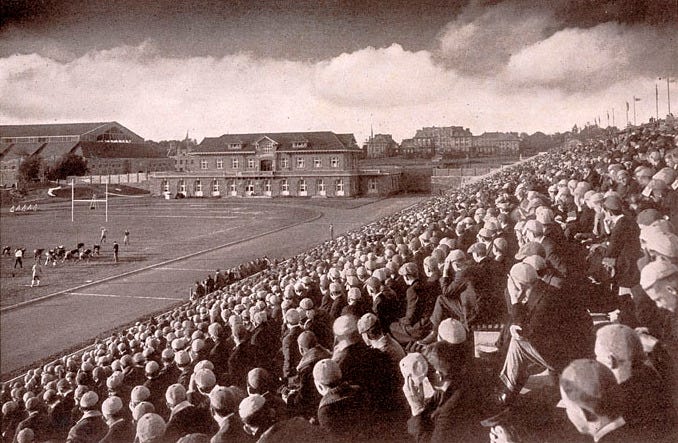
Digging into the beanie situation in Ithaca, I found the beanies and other forms of freshman indoctrination started in 1902. Their rules changed slightly over time, but Cornell's rules were similar to those at schools across the country, although Cornell's were more comprehensive than most. Cornell freshmen could not:
Walk on the grass, only on campus walkways
Wear unbuckled boots or galoshes
Wear knickerbockers
Smoke on campus
Sit on a trolley when an upperclassman stood
Loiter in front of certain establishments in town
Cornell freshmen were required to:
Wear their "frosh cap" when outdoors, except on Sundays
Sit in the frosh section at football games, wearing beanies, of course
Freshmen and sophomores had to wear coats and caps on campus. (Note that all the frosh in the RPPC wear coats.)
The wearing of beanies and other hazing was largely enforced by social pressure. Here and there, a student might refuse to wear the beanie or decide to walk on the grass, in which case upperclassmen might grab them and toss them in a campus pond. One Cornellian was tossed into a pond and tied to a tree, only to be released by the college president, who suggested he wear the beanie or leave the school. That student took a leave of absence, later returning to and graduating from Cornell.
Beanies typically came in school colors, sometimes featuring school logos or class numbers, and green beanies were common regardless of the school’s colors. Other schools had the freshmen class vote on their class color, which determined their class beanie color.
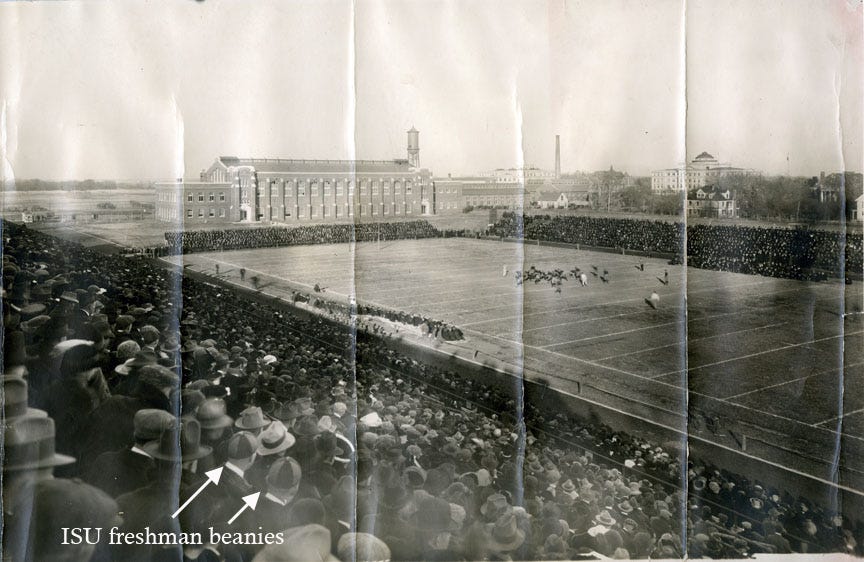
Some schools took the wearing of specified outfits a bit further. For example, Oklahoma freshmen of the mid-1920s were instructed to wear red beanies, red sweaters, and white slacks to football games. At the same time, Ohio Wesleyan took an equal opportunity approach to hazing by requiring men and women to wear beanies.
Besides the range of activities included in the class hazing or indoctrination, the length of time the rules remained in place varied widely. At some schools, the beanies were required for several weeks, while Cornell freshmen wore them for the full academic year, after which they tossed them into a campus bonfire. Those who became attached to their beanies saved them and burned a substitute.
Beanies began disappearing after World War II when returning veterans ignored the silly college rules and went beanieless. Still, they hung around on some campuses into the 1960s, with Faber College being a prime example.
Today, first-year beanies remain part of the tradition at Concordia College (MN), South Dakota School of Mines, and perhaps a few other schools. Please comment below if you are aware of a school that continues the beany tradition.
Click here for options to support this site beyond a free subscription.


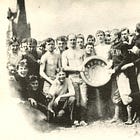


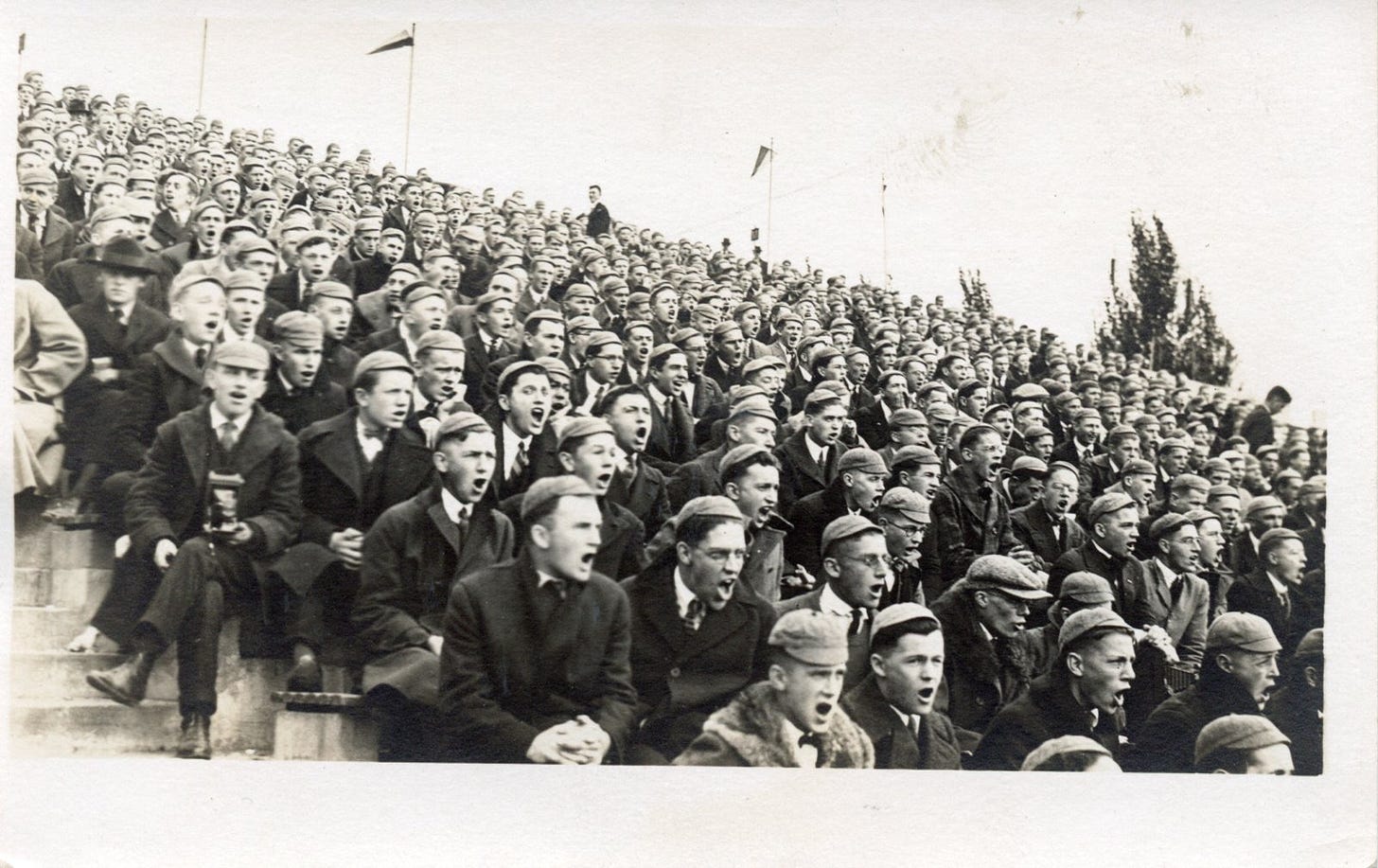

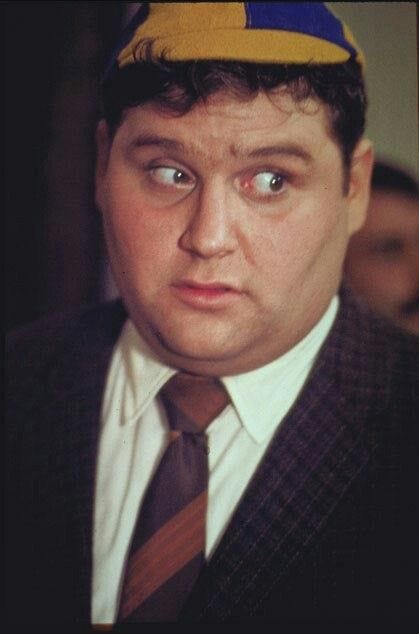
Knowledge is good.
https://www.okbu.edu/admissions/obu-traditions.html
Oklahoma Baptist has beanies during welcome week. The freshman wear them all week and upperclassmen look for beanies know who to help.